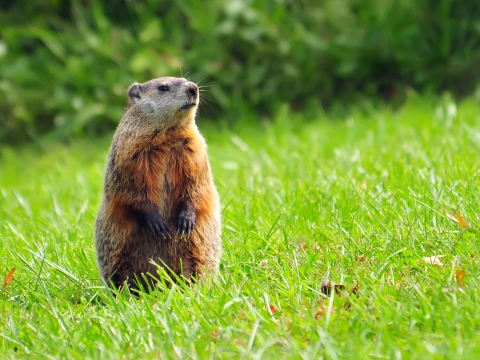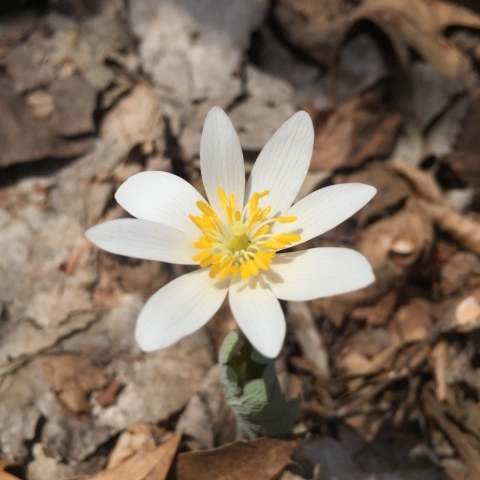Last month the groundhog did not see its shadow so, if legend rings true, an early spring is coming our way. However, spring officially occurs around the same time each year no matter what the fortune telling rodent says. The March equinox marks the beginning of spring for those of us living in the northern hemisphere, anywhere north of the Equator, and this year it is on March 19, 2024.
Meaning of the word “equinox”:
The word “equinox” comes from the Latin words “aequis” meaning equal and “nox” meaning night, combining the two brings us to the phrase “equal night”. During the equinox, the amount of daylight and night are about equal everywhere on Earth because both the north and south hemispheres are at equal distances from the sun.
Astronomical Meaning:
During the March equinox, the Earth is perpendicular to the sun, with the sun shining in a straight line toward the equator. This means that the north pole and the south pole are at equal distances from the sun so daytime and nighttime are equal in length. After the March equinox, the northern hemisphere will tilt towards the sun while the southern hemisphere starts tilting away. This signifies the start of spring in the northern hemisphere and the start of fall in the southern hemisphere.
For those of us in the northern hemisphere, the March equinox is also called the vernal or spring equinox, which means warmer weather is coming! As the northern half of the Earth tilts more toward the sun, we get longer days and warmer temperatures.
How does an equinox differ from a solstice?
Equinoxes happen twice a year, once to mark fall and another to mark spring. Solstices also occur twice a year, once during winter and another during summer. In the northern hemisphere, the winter solstice happens in December and is the shortest day of the year in terms of sunlight, when the north pole is tilted furthest away from the sun. The summer solstice is the longest day of the year in terms of sunlight and happens when the north pole is tilted closest to the sun.
In short, an equinox occurs when the sun shines in equal amounts on the northern and southern hemispheres. A solstice occurs when the sun shines the strongest on just one hemisphere making it the shortest or longest day of the year.
Some of the “Firsts” of spring:
Spring means trees will begin to grow new leaves, flowers will start blooming, birds will start to migrate, and animals will come out of hibernation. Below are a few of the earliest species that we are excited to see with the warmer weather!
Flowers – While prairies are known for their many colorful flowers, it is the forests that will bloom first with bloodroot, trillium, and bluebells. Bloodroot can be seen blooming as early as March!
Birds – Some of the earliest migrants to come back to Minnesota are eastern bluebirds, wood ducks, and red-winged blackbirds. However, many raptors like bald eagles and barred owls who stayed all year long have begun sitting on their eggs or are even raising chicks already.
Butterflies – Mourning cloak, common tortoiseshell, comma and question mark are some butterflies we are excited to see back on the refuge in the coming months.
Amphibians – Go outside and see if you can hear the calls of the spring peepers or chorus frogs. Another amphibian beginning to wake up and head for breeding grounds is the blue-spotted salamander.
Reptiles – Painted turtles that have overwintered in the mud and frozen ponds are beginning to wake up and spend some time in the sunshine warming up. Garter snakes and red-bellied snakes will also soon begin to come out from their underground burrows.
Mammals – Most mammals have been around all winter such as deer, rabbits, and squirrels but some who were in hibernation are beginning to wake up and raise babies.
Fish – As the ice starts to melt, fish get more active and begin their search for food and breeding spots.
Get outside and enjoy the spring weather!
As the sun shines more and the days get longer, the spring equinox reminds us to appreciate the season of growth and rejuvenation. We are so excited to see the colors of emerging leaves and blooming flowers, hear the songs of returning birds, and feel the warmth of the sun on our skin. Find a trail near you and watch as the natural world begins to wake up from its winter sleep.







